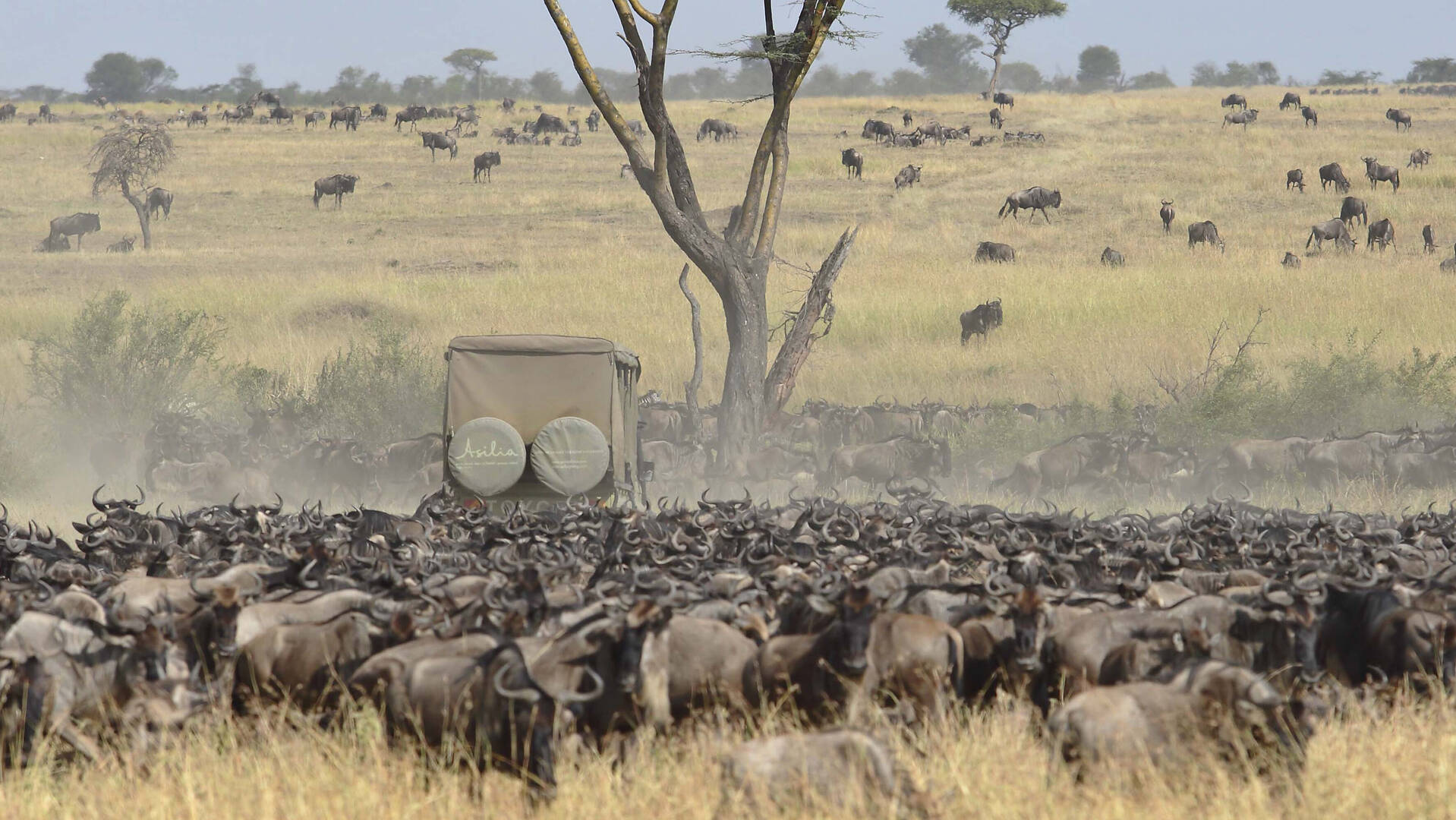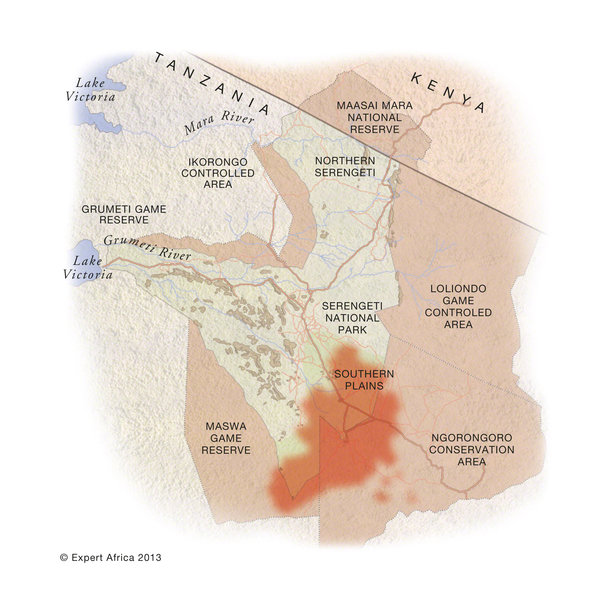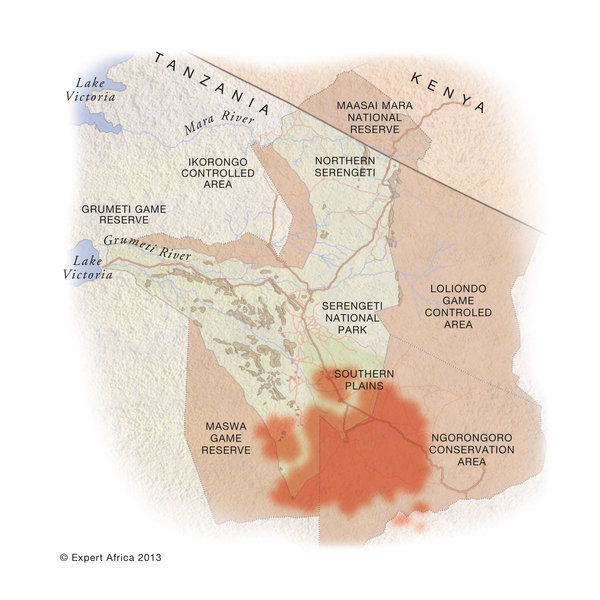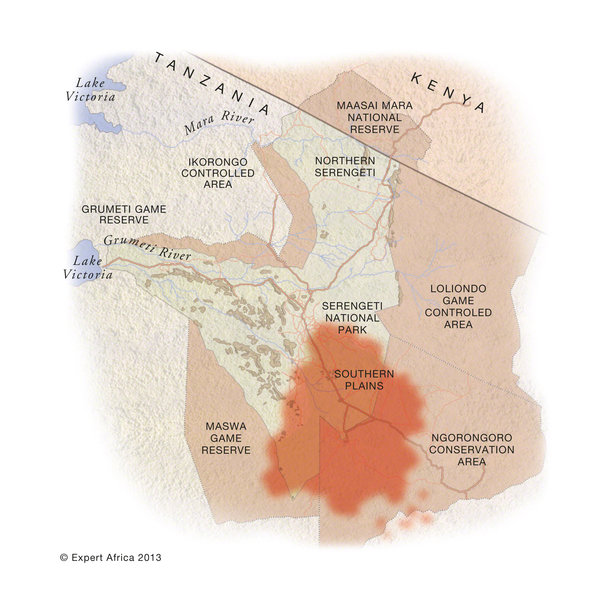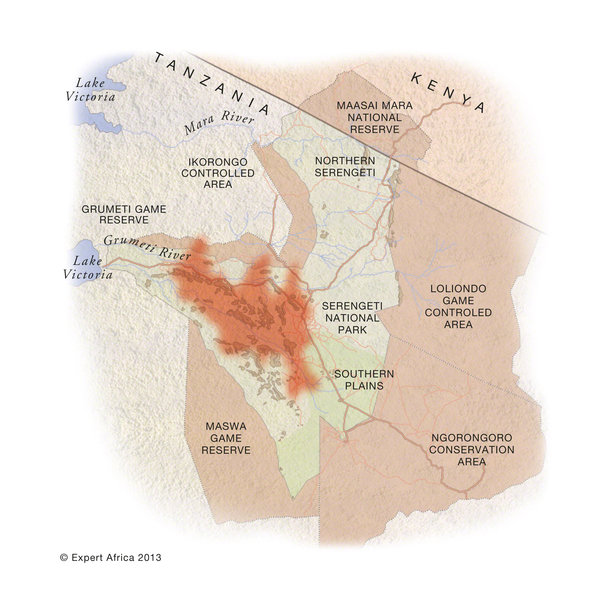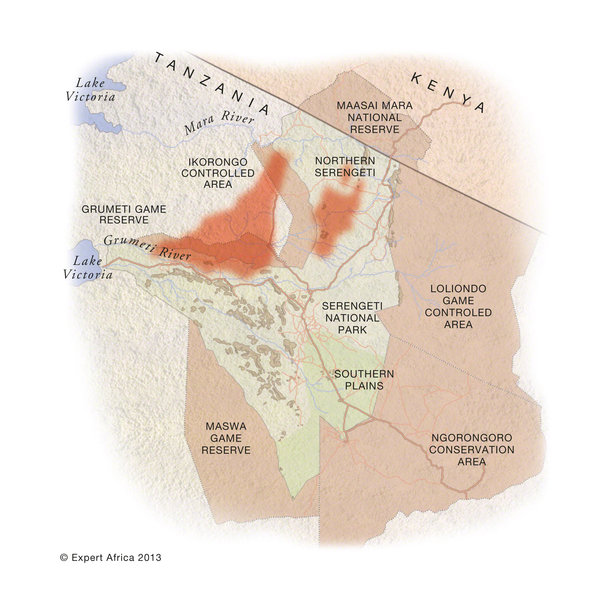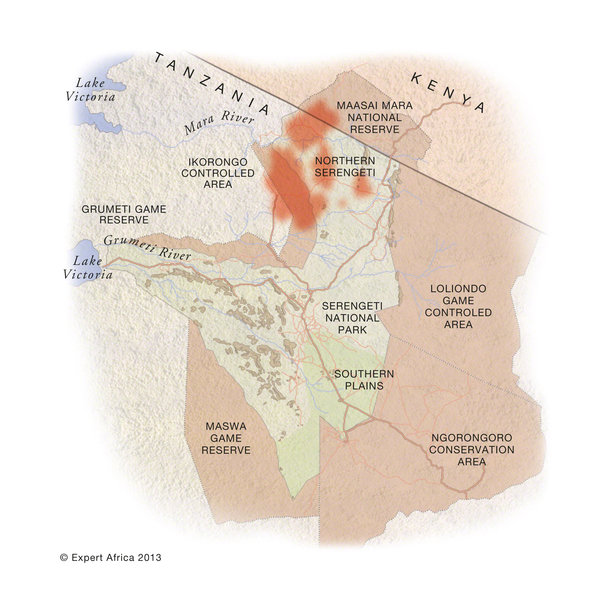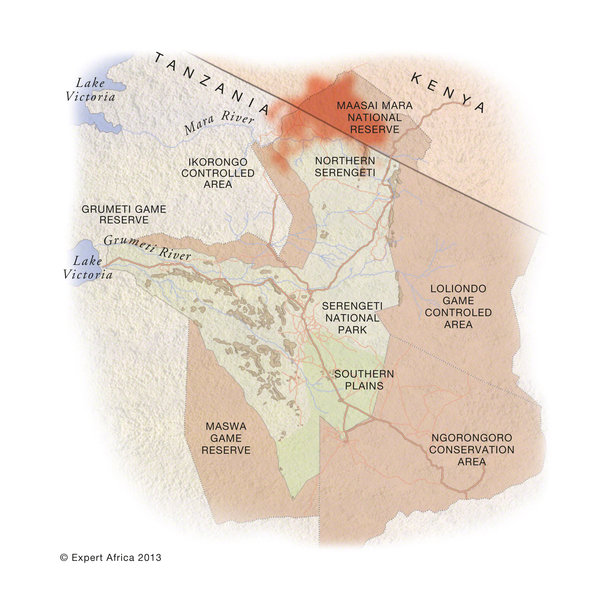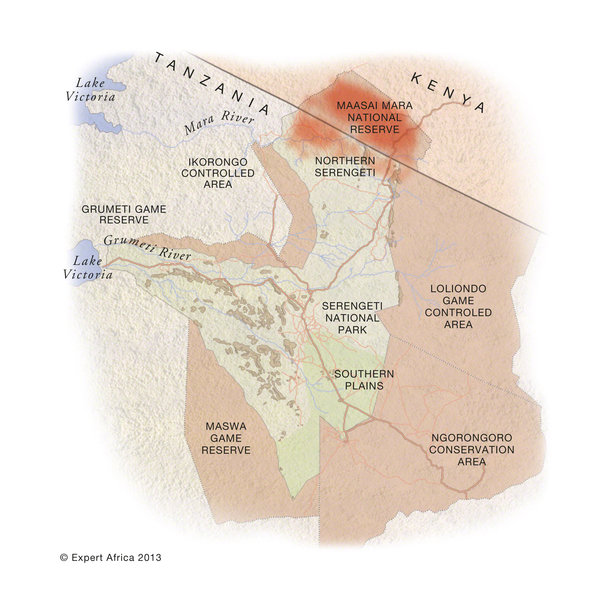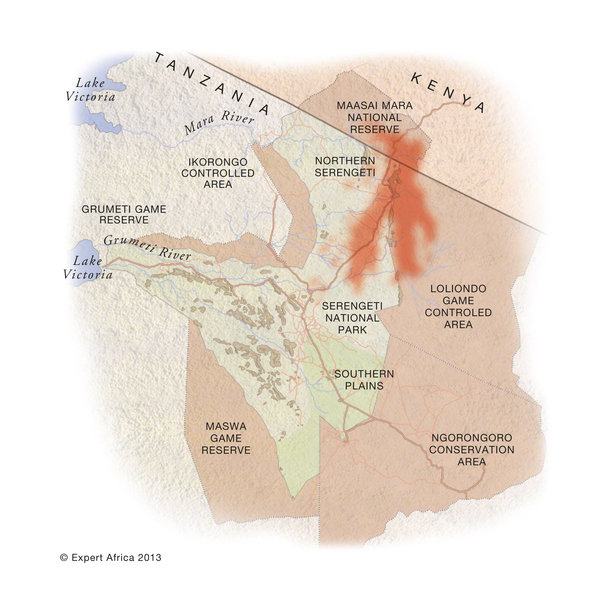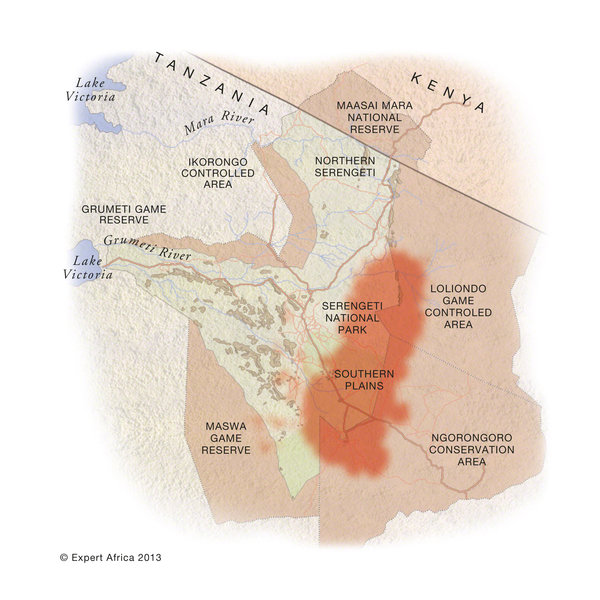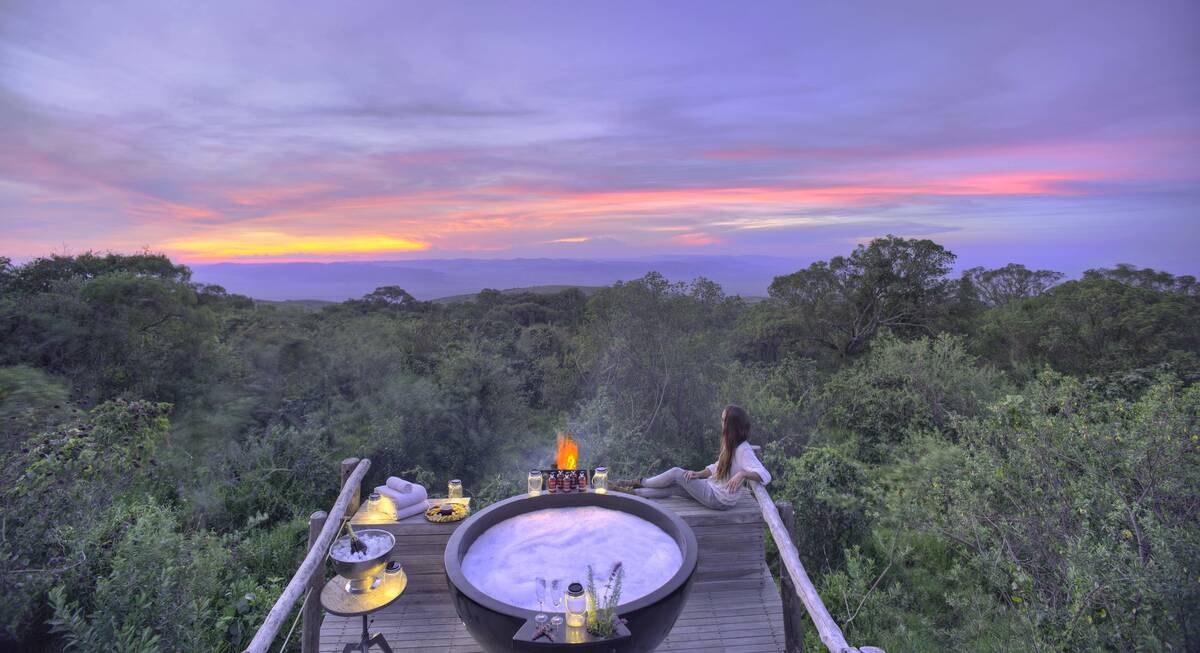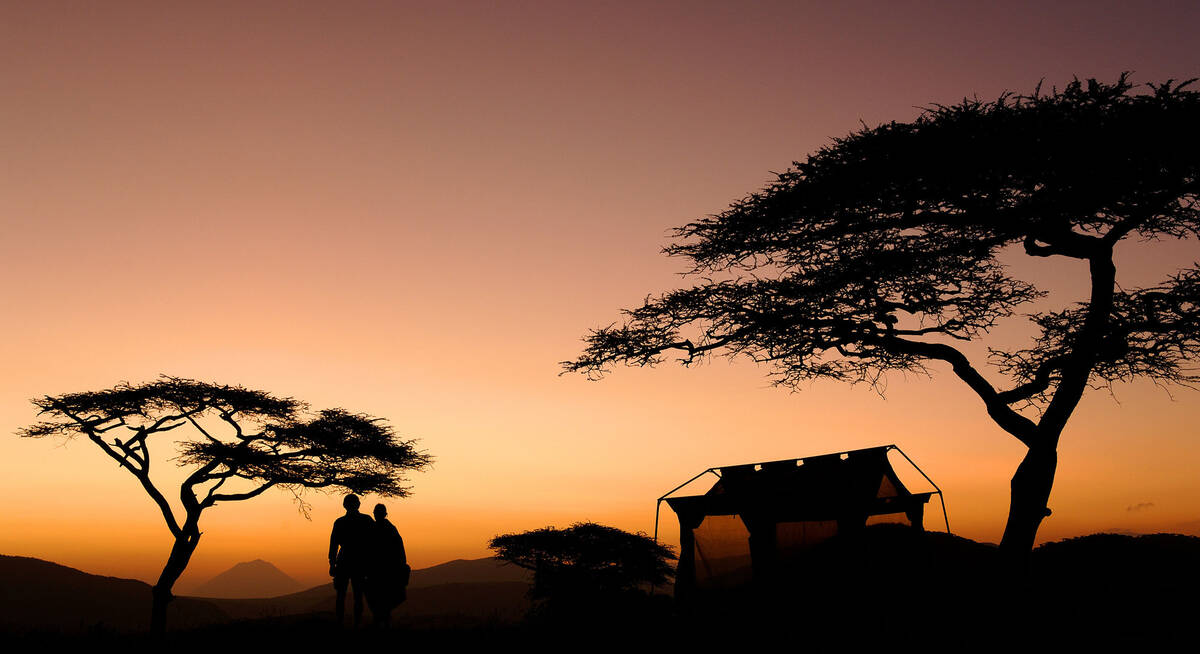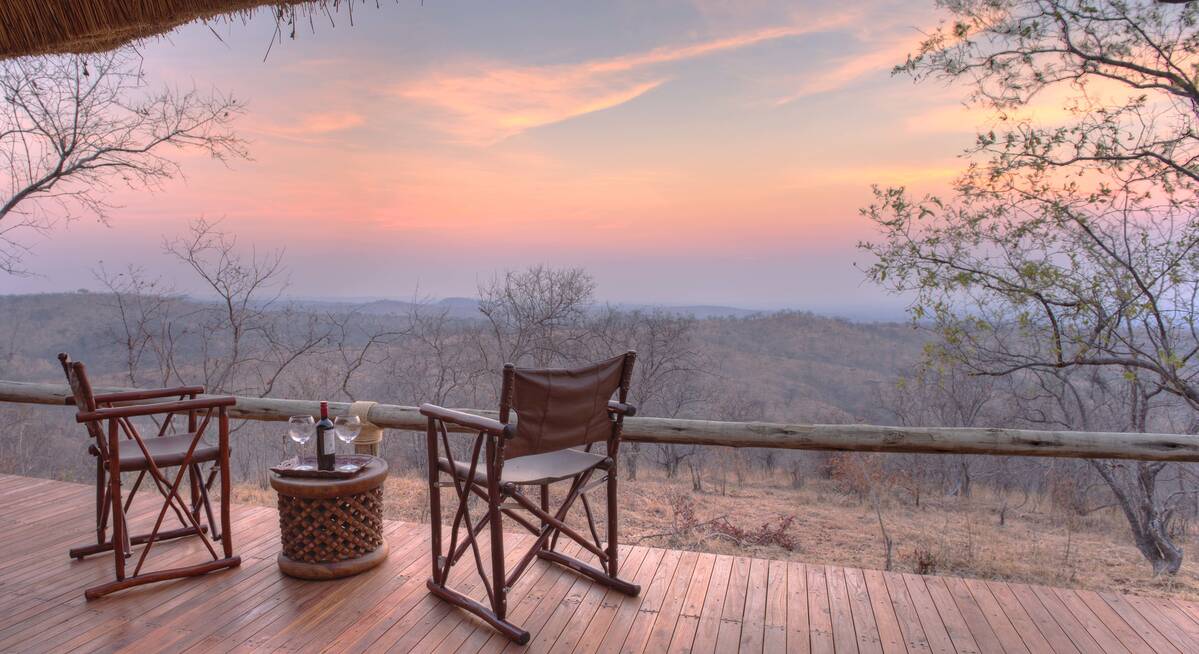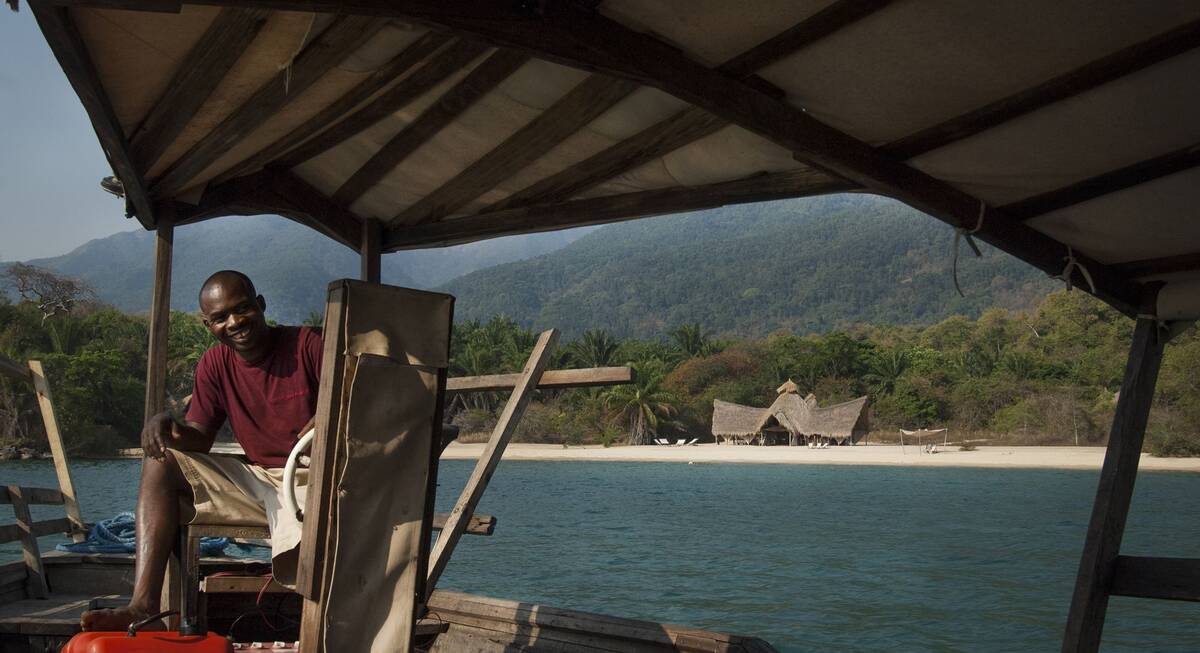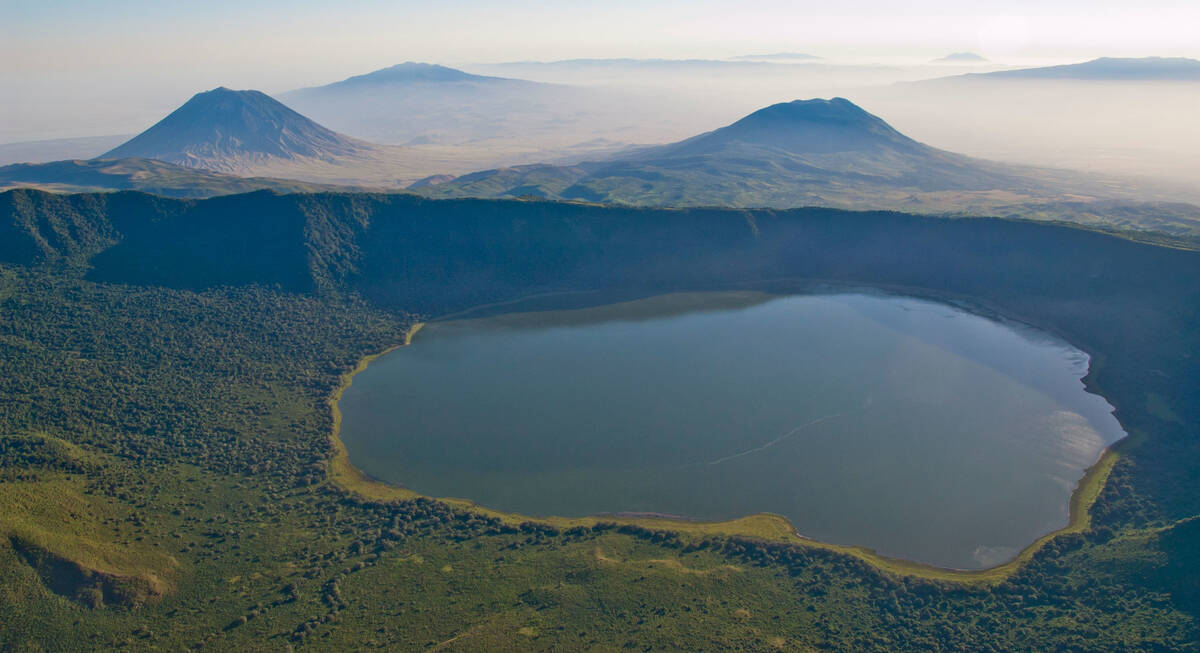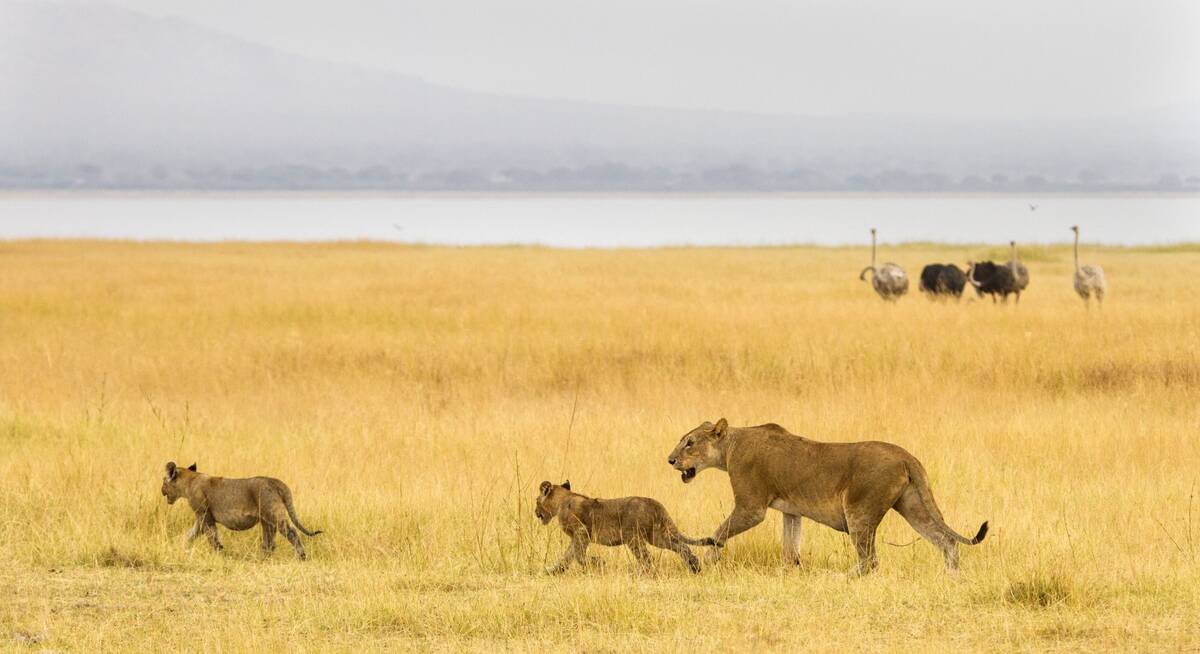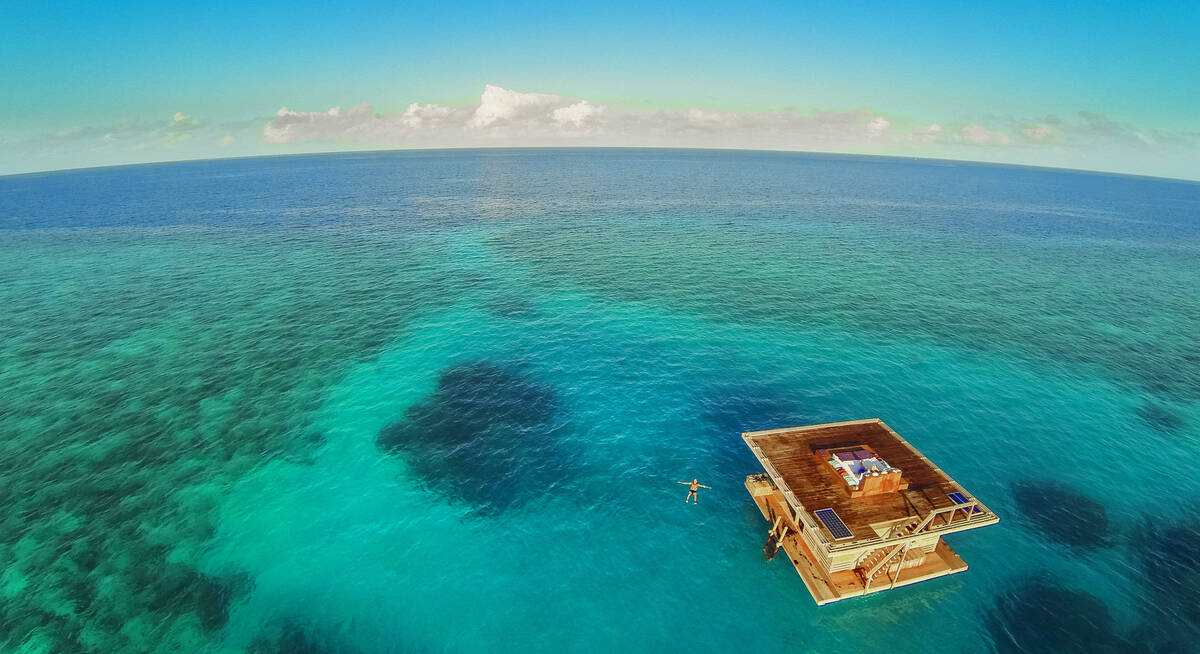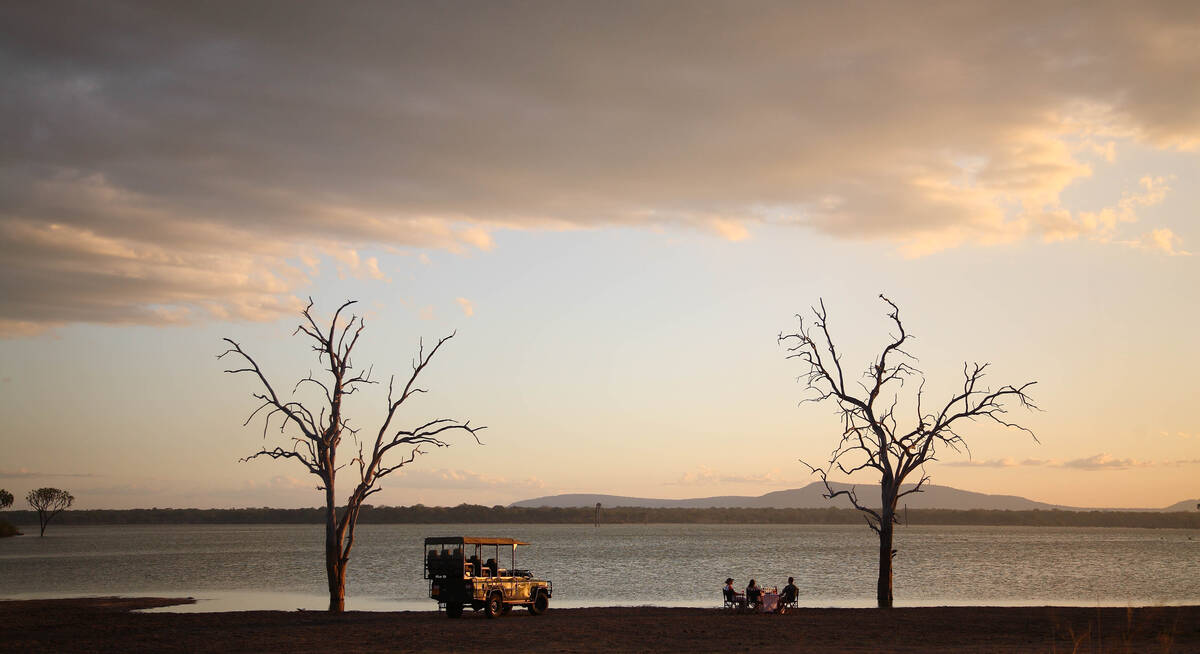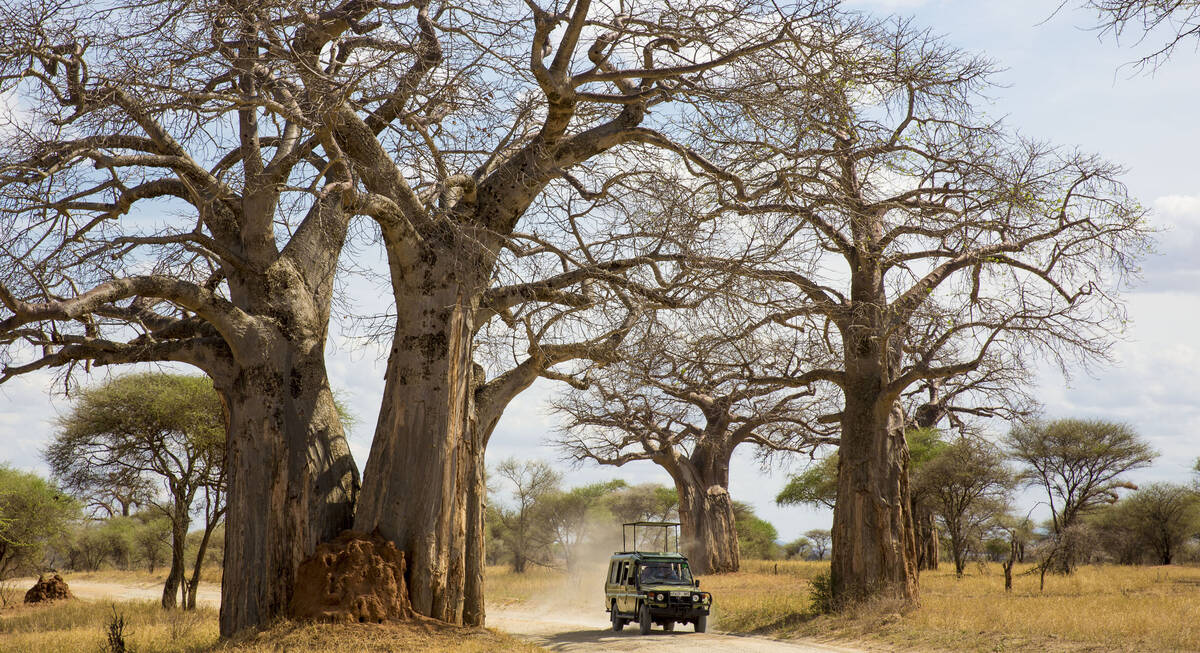January: herds spread to graze across the southern Serengeti's lush short-grass plains
February: they spread out across the short-grass plains; most calf in a 2-3 week window
March: still spread over the short-grass plains of the southern Serengeti, Loliondo and NCA
April: the herds start migrating north, through Moru Kopjes and Seronera areas
May: the migration heads north through Seronera towards the Western Corridor
June: herds mass in the western corridor, bunching before crossing the Grumeti River
July: some cross the Grumeti & head through Grumeti Reserve; others head north in the park
August: herds pass through Ikorongo and into the far north-west of the national park
September: herds in the north of Serengeti National Park & in Kenya's Maasai Mara
October: grazing in the far north of the Serengeti - and across in the Mara
November: moving south through Loliondo, on the east side of the Serengeti National Park
December: arriving on the east side of the short-grass plains, in time for the rains
Great wildebeest migration: a video tutorial
We've made this video, with moving maps and real footage, to help you to understand the great wildebeest migration.
More information on this wildebeest migration
For more information on the Serengeti migration area and the Serengeti's wildebeest migration, see also:► Interactive Google map of the Serengeti, showing safari camps and lodges.
► Detailed map of the Serengeti like the one above, but with camps & lodges located.
► Our written area-by-area guide to the Serengeti, including the camps and lodges.
Other great African migrations
► The zebra migration in BotswanaThe maps of the Tanzanian migration on this page are originals. They have been commissioned by and drawn up for Expert Africa. They are protected under our copyright. They must not be copied or reproduced without our written permission. If you wish to use them, please contact us. We generally look favourably on requests for educational or charity use, provided that clear acknowledgements and credits are given.
To deter unauthorised use, these maps have been digitally watermarked and can be traced.
Our top picks for holidays to Tanzania
We'll always tailor-make your Safari for you. Here are some of our favourites to inspire you.

